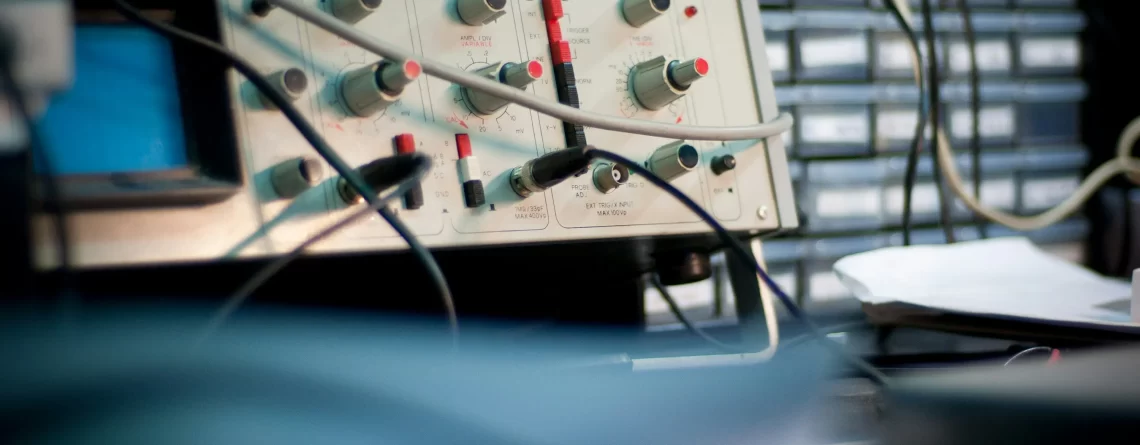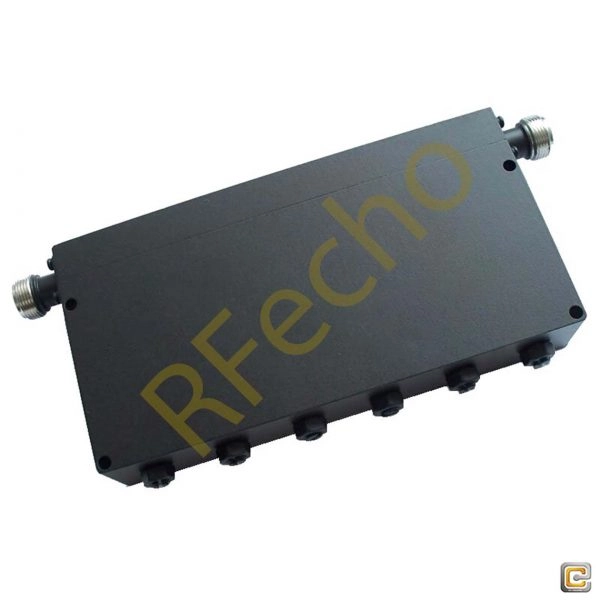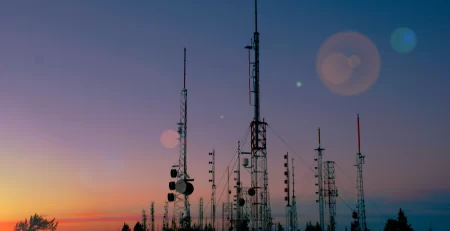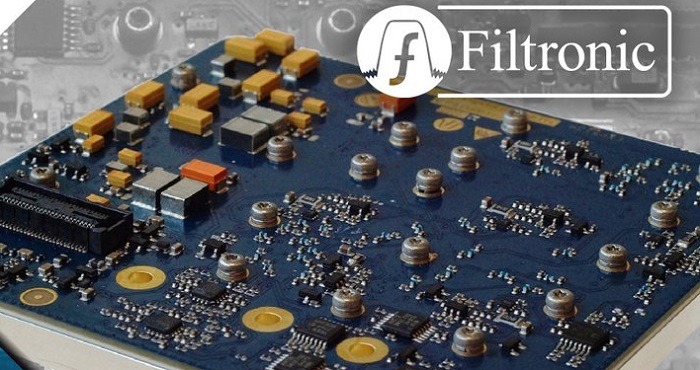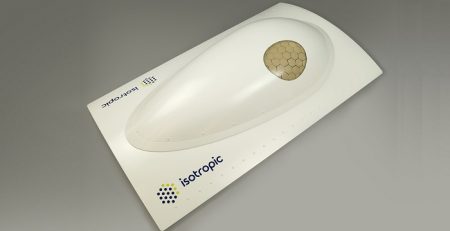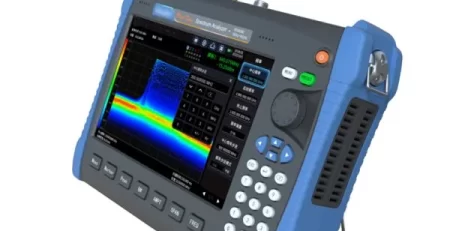How Does a Band Reject Filter Work in RF Systems?
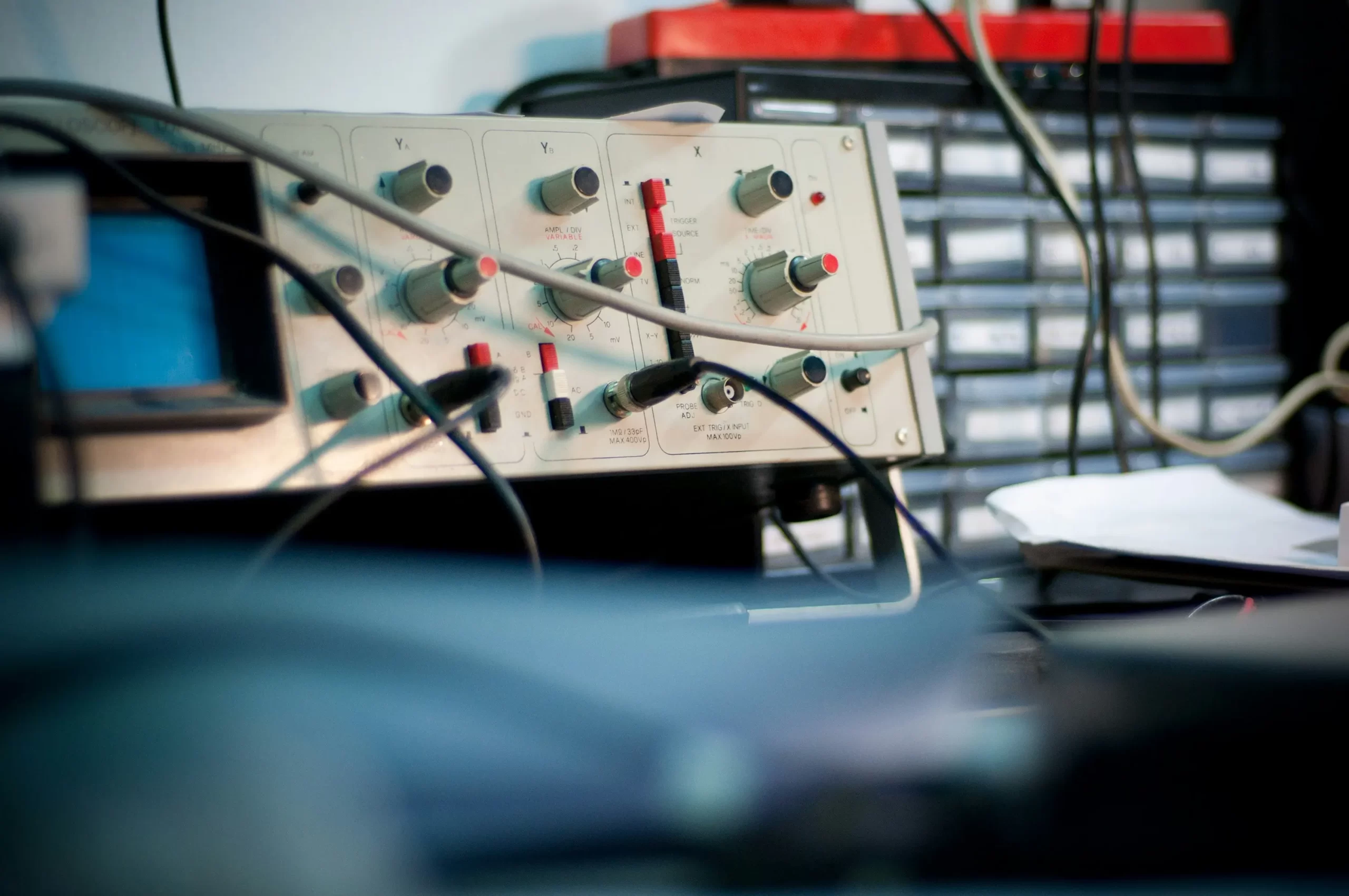
What Are Band Reject Filters?
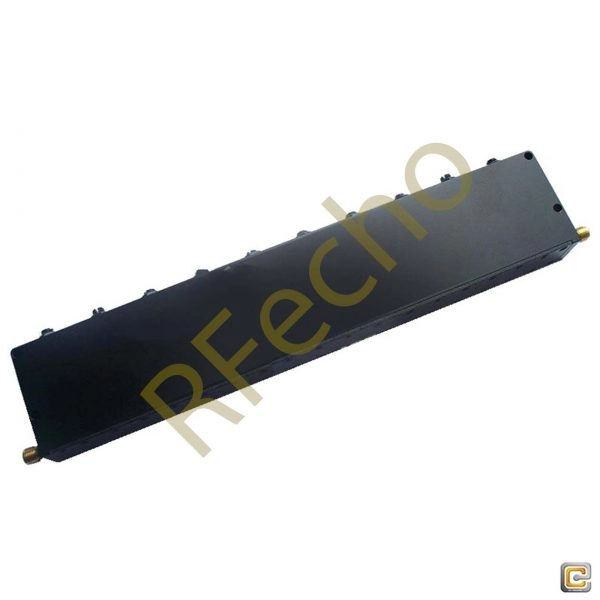
How Does a Band Reject Filter Work?
The basic purpose of a band reject filter is all about controlling impedance with precision. It builds a high-impedance wall to stop frequencies in the reject band while creating a smooth, low-impedance path for everything else.
- Targeting Unwanted Frequencies:The filter centers on a specific frequency, attenuating a defined bandwidth around it. This reject band is carefully tuned to eliminate interference or noise.
- Letting Other Signals Sail Through:Frequencies outside the rejection band pass through with little or no distortion at all, preserving the integrity of the desired signal.
Key Components and Design Considerations
Band reject filters depend upon the combination of reactive elements and advanced engineering:
- Capacitors and Inductors:These are arranged in resonant circuits to target the unwanted frequency range by maximizing the impedance at just the right spot.
- Resonators:High-performance filters may use cavity resonators or surface acoustic wave (SAW) technology for sharper rejection and greater precision.
- Key Parameters to Know:
- Center Frequency:The midpoint of the reject band.
- Bandwidth:How wide the blocked frequency range is.
- Attenuation Level:How much the unwanted frequencies are reduced, measured in decibels (dB).
A Real-World Analogy
Think of a band reject filter like a smart mute button for your radio. Picture yourself tuning into your favorite station, only to hear annoying static from a nearby channel. The filter swoops in, silencing that interference while letting your station play loud and clear.
Key Applications of Band Reject Filters
Band reject filters are used where the interference affecting the desired performance. Here’s where they make a real impact:
- Telecommunications:In wireless networks, they clear out adjacent channel noise, ensuring smooth calls and lightning-fast data transfers.
- Aerospace and Defense:Radar and communication systems rely on them to protect sensitive receivers from overpowering signals that could disrupt or damage equipment.
- Broadcasting:TV and radio stations use these filters to prevent frequency overlap, delivering crisp, clean signals to audiences everywhere.
The result? Stronger signal-to-noise ratios, less distortion, and systems you can count on specially in the trickiest RF environments.
| Industry | Application Example | Performance Impact |
| Telecommunications | Reduces wireless interference | Clearer calls and faster data |
| Aerospace & Defense | Protects radar from jamming | Improved detection accuracy |
| Broadcasting | Prevents frequency overlap | Higher broadcast quality |
Advantages of Band Reject Filters
So, why should you consider a band reject filter for your RF system? Here’s what makes them stand out:
- Crystal-Clear Signals:By wiping out unwanted frequencies, these filters deliver signals that are clean and dependable.
- Peak Performance:Less interference means your systems run at their best, even in challenging conditions.
- Custom-Fit Solutions:They can be customized to specific frequency ranges, perfectly matching your project’s needs.
- Compact and Efficient:Today’s filters are designed to fit snugly into tight spaces without sacrificing power.
RFecho: Your Band Reject Filter Supplier
When you need top-notch band reject filters, RFecho is the name to trust. Since its inception, RFecho has been a global leader in RF solutions, driven by a passion for precision and customer success. From day one, they’ve focused on engineering excellence, growing into a reliable partner for RF professionals worldwide.
Take a look at their product gallery, and you’ll see innovation in action. Their band reject filters, like the OBR-1030-4 band rejecter filter and OBR-1842-75 band reject filter, are built with cutting-edge design and uncompromising quality. Whether you need an off-the-shelf filter or a custom solution dialed into your exact frequency specs, RFecho’s team uses advanced tech to deliver. Their cavity band reject filters, such as the OBR-887-4, are a testament to their dedication to performance and reliability.
FAQs About Band Reject Filters
What does a Band Reject Filter do in RF systems?
It mutes a specific frequency range (the reject band) while letting all other frequencies pass through, cutting out interference and keeping signals clear.
How is a Band Reject Filter different from other filters?
Unlike band pass filters (which let a frequency band through) or high/low pass filters (which block frequencies above or below a cutoff), band reject filters precisely target and block a narrow frequency range, making them perfect for tackling specific interference.
Can Band Reject Filters be tailored for specific frequencies?
You bet! They can be customized to hit exact center frequencies and bandwidths, ensuring they’re a perfect fit for your RF system’s unique requirements.
Which industries use Band Reject Filters most?
Telecom, aerospace, defense, and broadcasting are the heavy hitters, leaning on these filters to navigate complex frequency landscapes with ease.
Conclusion
Band reject filters are the quiet achievers of RF equipment, working away unseen but doing a great job of eliminating unwanted frequencies and delivering exceptional signal clarity and reliability. Supporting the operation of telecommunication networks, or safeguarding against the compromise of equipment in radar networks, their importance cannot be overstated. Cleaner signals, custom designs, and compact sizes are all the advantages they offer. Need to drive your system to the next level? RFecho offers high-quality band reject filter solutions, including their top-of-the-line cavity band reject filters. RFecho can propel your RF success.

